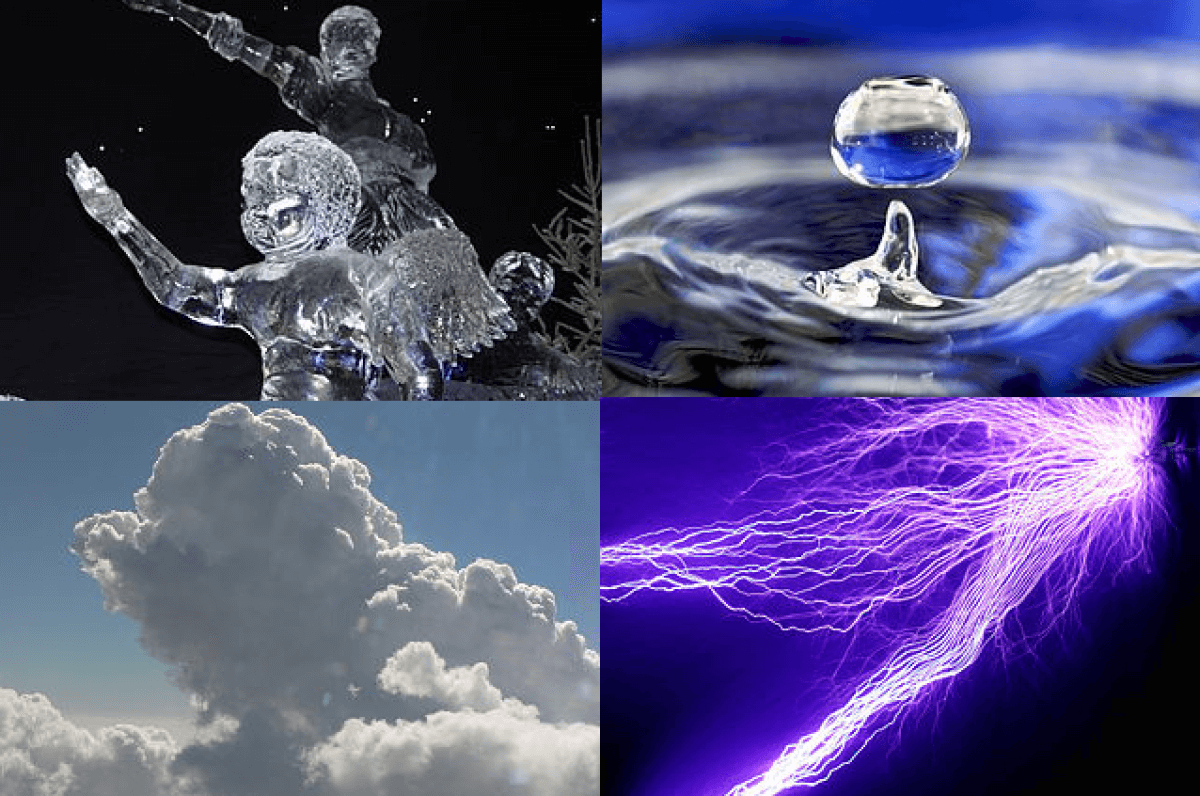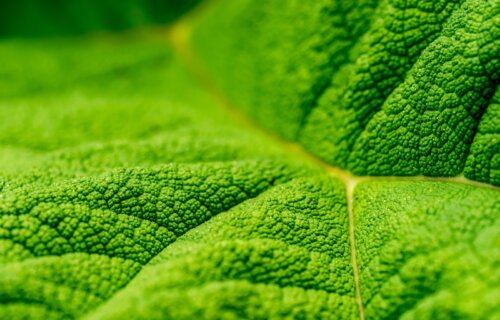CHICAGO — Plants have helped scientists discover the secrets of the fifth state of matter. On an atomic level, the process of photosynthesis is similar to the behavior atoms exhibit when they cool down to nearly absolute zero. Researchers from the University of Chicago say the link between the atomic level of photosynthesis and exciton condensates — a state of physics that lets energy flow frictionlessly through a material — has never been observed before. Their findings could spur new ideas of thinking about electronic designs such as improving the features for MRI machines.
“As far as we know, these areas have never been connected before, so we found this very compelling and exciting,” says David Mazziotti, a professor at the University of Chicago and coauthor of the study, in a media release.
Mazziotti works with modeling the complicated interactions of atoms and molecules. While you can’t see them with the naked eye, computer modeling creates a window for scientists to see why they move a certain way. More recently, they focused their attention on photosynthesis at a molecular level.
Photosynthesis is the process by plants trap sunlight in their leaves and convert it to energy. On an atomic level, however, the Sun releases energy particles called photons. When a photon from the Sun hits a leaf, it causes a change in a specially designed molecule where it loses an electron. The electron and the gap where it once was can now travel around the leaf where it carries the energy of the Sun. As it travels, it causes a chemical reaction which makes sugars for the plant.
The traveling electron-and-hole-pair is called an “exciton.” The team modeled how multiple excitons move around and they noticed a strange behavior. They saw patterns in the paths of excitons that looked similar to the behavior of a material known as Bose-Einstein condensate — known as “the fifth state of matter.”
People are likely more familiar with the other four states of matter: solids, liquids, gases, and plasma.

You might also be interested in:
- Liquid glass: Scientists discover new state of matter that’s not really solid nor liquid
- Science fiction no more: Researchers develop ‘Terminator’-like liquid metal
The Bose-Einstein condensate has its own set of excitons that link up into the same quantum state. Think of a set of bells all ringing perfectly in tune. The energy moves around the material with zero friction.
The models showed the excitons in a leaf can link up in ways similar to exciton condensate behavior. Exciton condensates have only been seen before when the material is cooled down well below room temperature. It would look something like seeing ice cubes forming in a cup of hot coffee.
“Photosynthetic light harvesting is taking place in a system that is at room temperature and what’s more, its structure is disordered—very unlike the pristine crystallized materials and cold temperatures that you use to make exciton condensates,” explains Anna Schouten, an author of the study.
The effect is not a complete transformation but more like “islands” of condensates forming.
“But that’s still enough to enhance energy transfer in the system,” says coauthor LeeAnn Sager-Smith, noting that their models suggest it can as much as double the efficiency.
A perfect ideal exciton condensate requires tons of special conditions that would be difficult to replicate for real-life application. Additionally, the interaction between atoms and molecules are complex and the authors of the study simplified their models to examine them. Still, the findings could inspire more realistic designs that can boost efficiency with less energy requirements.
The study was published in the journal PRX Energy.

